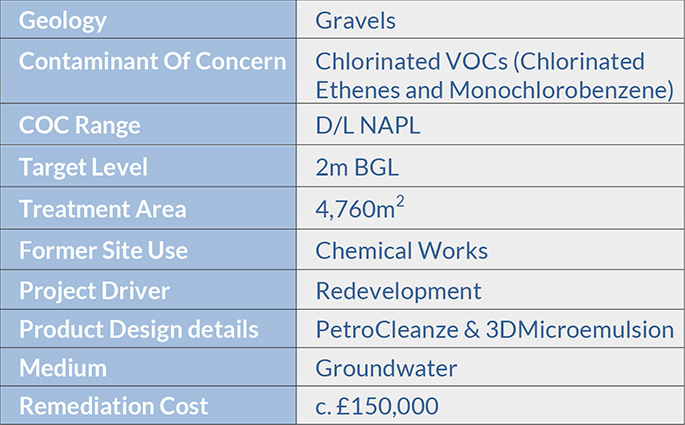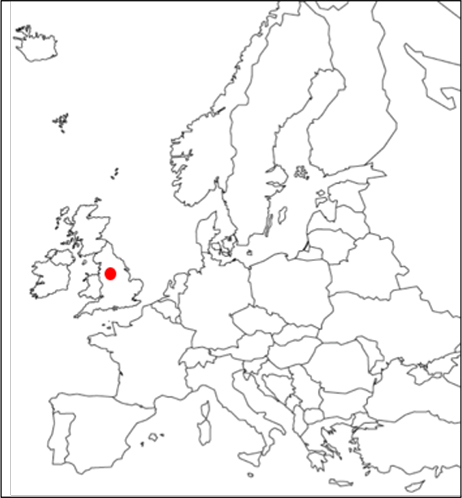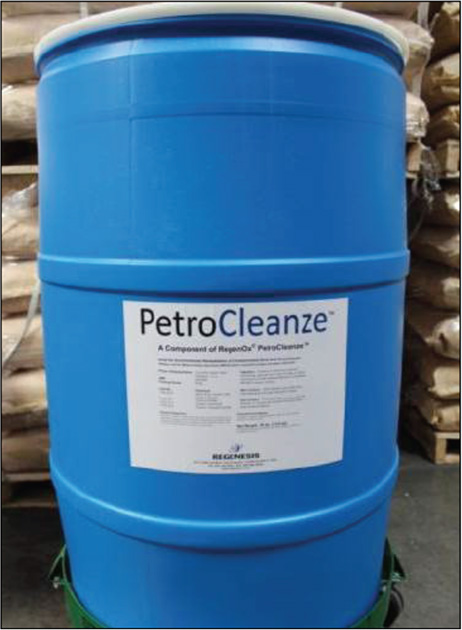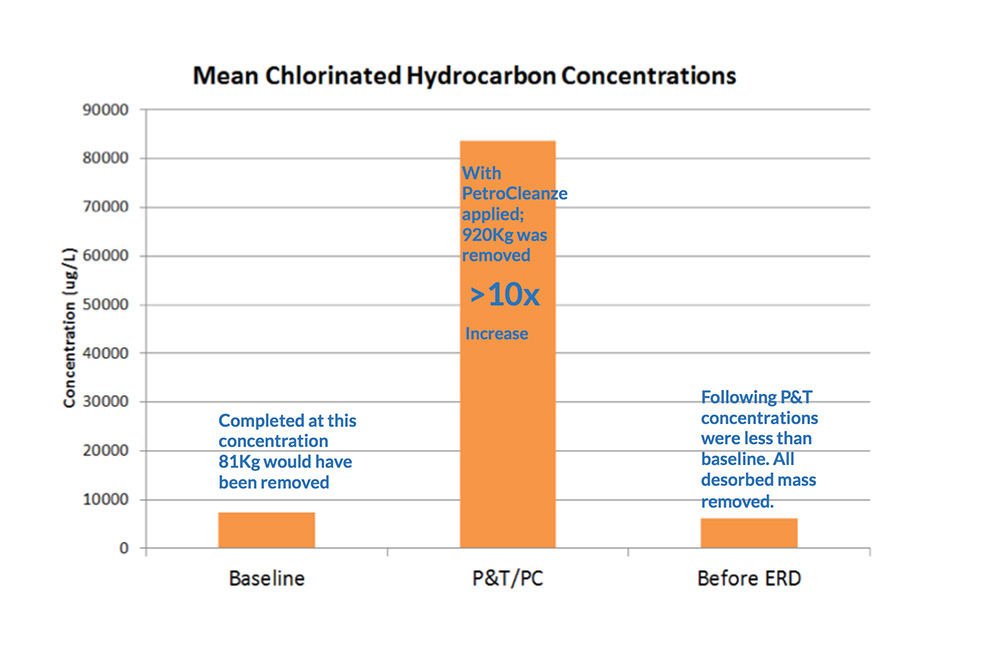Extensive plume remediation by pump-and-treat augmented with PetroCleanze injections

Summary
A former chemical works site in England was to be redeveloped as residential properties. During the operational life of the works, the underlying groundwater had become impacted with a wide range of contaminants, including chlorinated ethenes and monochlorobenzene, which were found to be providing significant risk to the environment and human-health. The remediation approach chosen was a fixed period of Pump and Treat (P&T) in order to provide a significant reduction in the contaminant mass onsite. In order to maximise the amount of contamination removed, PetroCleanze® was injected to temporarily increase desorption of the adsorbed mass. This could then be pumped out by the system, making it more effective. The treatment would then be followed by enhanced reductive dechlorination (ERD) using a single application of 3DMicroemulsion®.


Results
During the PetroCleanze application phases, groundwater monitoring showed that the concentration of chlorinated solvents, in the dissolved phase, was increased dramatically due to desorption. After pumping, the final dissolved phase concentration was lower than the baseline, showing that all of the desorbed mass was abstracted by the P&T system.
This means that more chlorinated solvents were abstracted than would have been the case had PetroCleanze not been used. By comparing the mean concentration before and during the treatment, it can be seen that the PetroCleanze allowed the P&T system to remove around 10 times more chlorinated solvents than had it been operated without enhancement. This then gives the ERD phase of works an excellent ‘head start’ by reducing the amount of adsorbed or free phase mass needing to be remediated.



 Americas
Americas Europe
Europe Français
Français Deutsch
Deutsch Italiano
Italiano Español
Español
